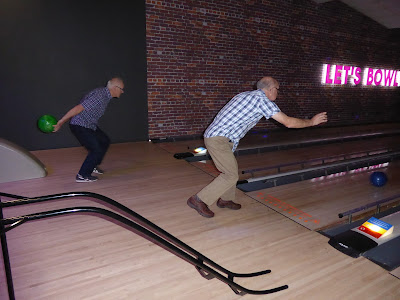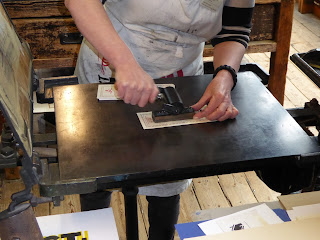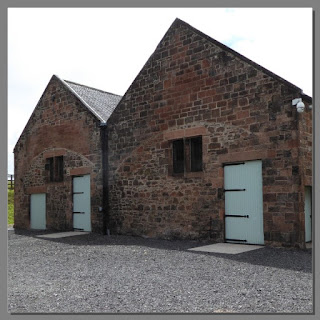Our first meeting of the new GIG year was the AGM, which also includes competitions and ends with a Shared Supper. After renewing memberships and entering exhibits in the various categories we sat down for the AGM.
Our Chairman gave his annual report, reminding members how busy we had been over the year. As well as monthly meetings we had trips to try ten pin bowling and curling. Visits to Annandale Distillery, Dalbeattie Museum and Robert Smail's Printing Works proved to be really interesting. The Annual Meal in January and the Summer Lunch in July were well supported and enjoyed by all.
Monthly meetings, some given by club members, covered a variety of topics. All in all a very good year for GIG.
See reports, with photos, on our other blogs.
Financial statements were explained by our Treasurer, showing a healthy position for the club.
The Chairman then announced his resignation and a new Chairperson was nominated and elected.
Gill Gracie will be our new Chairperson. We wish her well in her new position!
The Treasurer and Secretary did not need re-election this year but the rest of the committee was re-elected, including Keith and Margaret Torrington who still want to be involved with the club despite having moved to Hawick. Good news for GIG.
Having completed official business thanks were offered to Marie, for her sterling work with raffles every month, and to Mike who has resigned from the committee for personal reasons.
The AGM concluded with thanks to all members for their continued support.
Time was now given for members to inspect the exhibits and vote for their favourites in each category.
Tom Straiton Memorial Trophy for a floral arrangement:
Maybe not too difficult to choose a winner here!!
Memet Cup for a wildlife photograph:
Annantown Garage Trophy for a bird photograph:
Hodgson Trophy for a landscape photograph:
and the Gretna GIG Craft Trophy:
All members vote to find a winner in each category - this year we even had to have a re-vote in one category as there was a dead-heat on the first count!
A delicious looking supper was laid out while voting took place and everyone enjoyed their food.
It was finally time to announce the winners....
Tom Straiton Memorial Trophy was awarded to Margaret Torrington.
Memet Cup for a wildlife photograph was awarded to Val Russell.
Annantown Garage Trophy for a bird photograph was awarded to Kathryn Barlow.
Hodgson Trophy for a landscape photograph was awarded to Val Russell.
and the Gretna GIG Craft Trophy was awarded to Linda Wade.
Well done to all entrants and winners.


















































